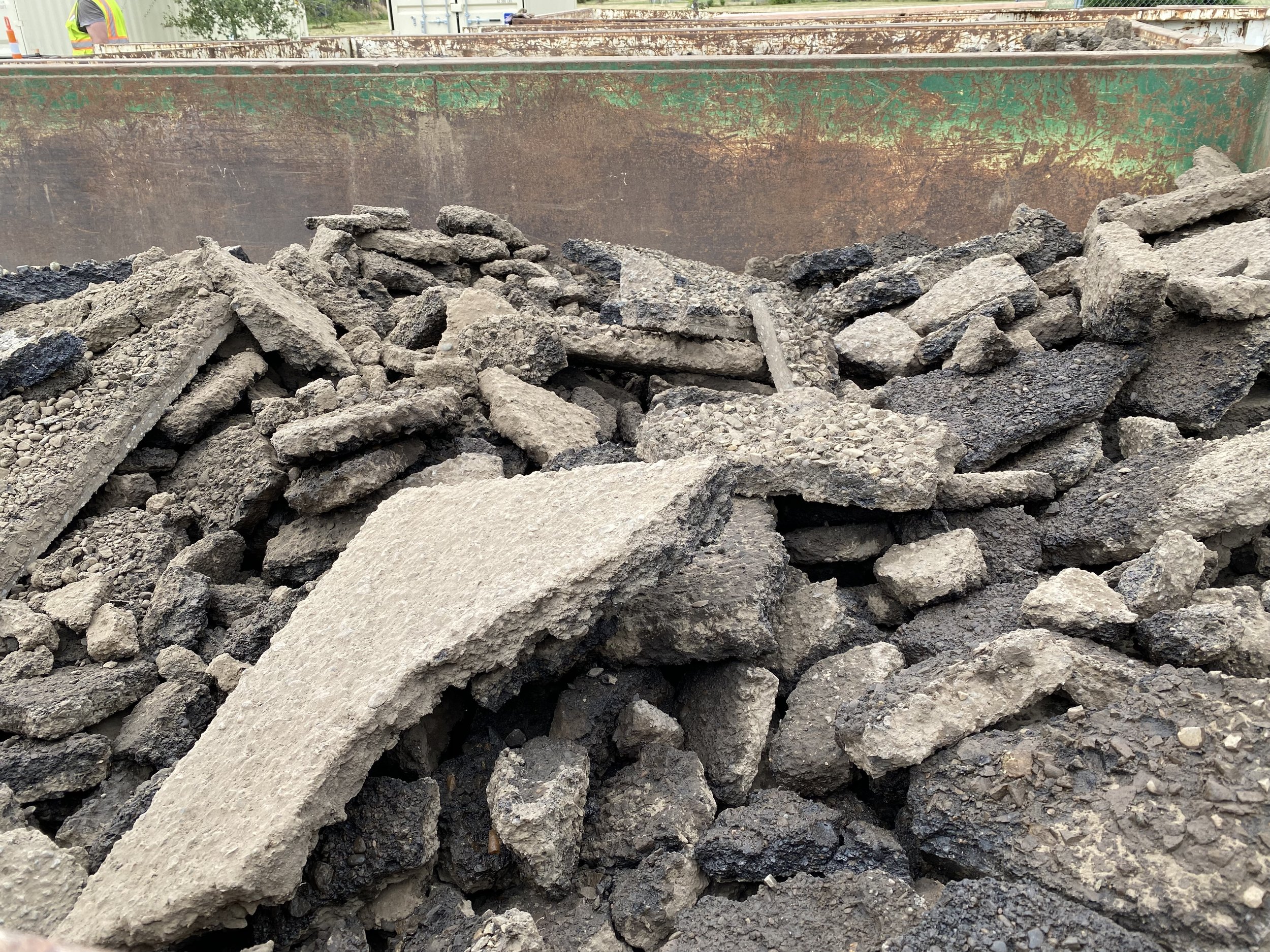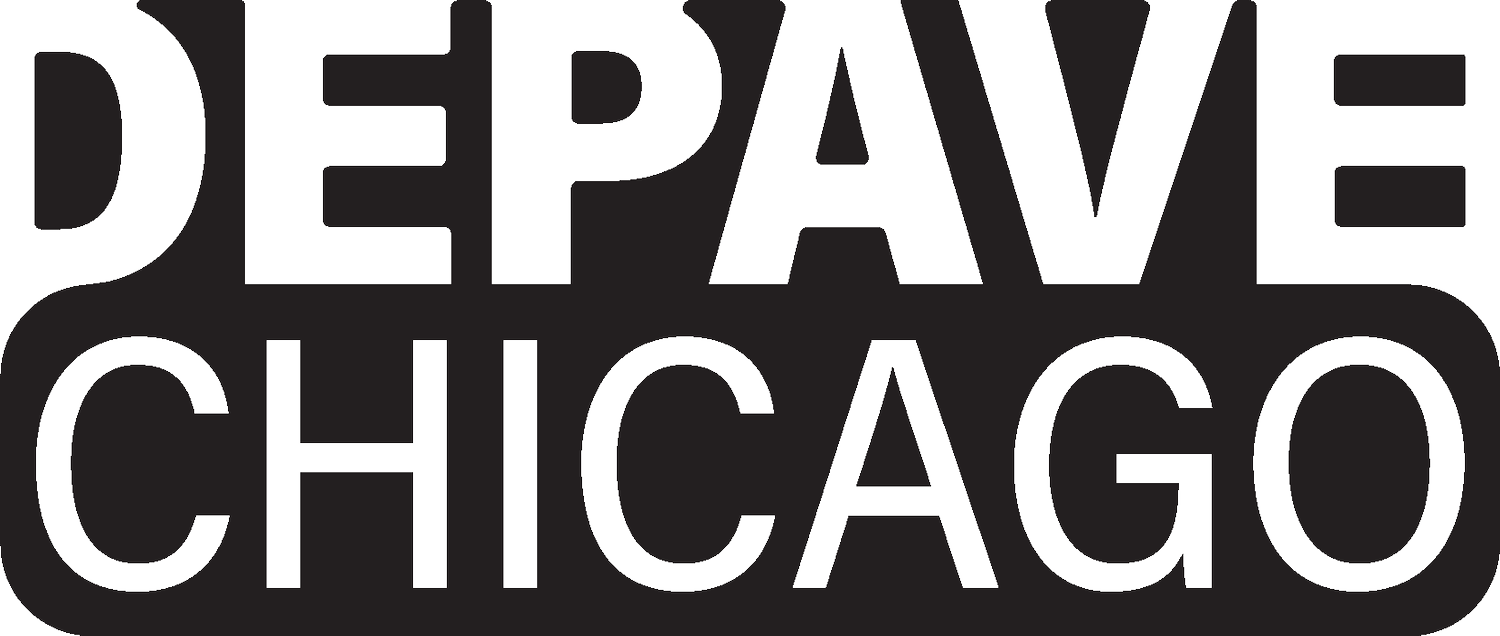
Propose a Project!
Open Call for Pilot Projects
“Do you have a paved site that you would like to turn into a garden, pocket forest, or community green space?”
Depave Chicago is looking to partner with communities, institutions, businesses, or land owners in the Chicago region to transform that vision into reality.
We’re currently accepting proposals for projects and will complete the first pilot project in Spring 2023.
Requirements for proposing Depave Chicago projects
The site is currently paved. Most of the site should be paved to qualify, after all we’re depaving the site! (e.g. abandoned parking lots, school lots, vacant lots, underutilized areas of street parking, and wide sidewalks with no trees are ideal for depaving). Note: Asphalt paving (<5” thick) or thin concrete are feasible surface covers. Sites with thick concrete building foundations (>6”) will be harder for us to handle.
The size of the area to be depaved should fall somewhere between about 2,500SF (about the size of a tennis court) and 7,500SF (roughly the size of a basketball court). Projects can be smaller or bigger than this, but this is a good range for pilot projects.
The site is located in a frontline community that experiences urban heat island effect, air pollution, flooding, lack of park space, and/or other stressors due to an abundance of pavement, little tree canopy, and/or adjacent highways and industry. Depaving and greening the site should clearly and directly benefit the surrounding community.
The site should have support and advocacy by the land owner and/or community for depaving and greening. We understand if the proposer is in an early stage of developing this support.
How It Works
When you propose a project, the Depave Chicago team will visit the site to assess feasibility of the project. The team will then reach out to schedule a meeting to talk about the project.
Following site selection and project acceptance, the team will work with the site owner and community to develop a design vision, test soil quality and infiltration rates, develop a budget and funding sources, submit required permitting, and do outreach with the community to generate interest and participation in the project.
The actual depaving and transformation will include cutting up the asphalt, holding a depave volunteer day (typically a Saturday) where volunteers pry up the asphalt to be hauled away, followed by laying down new healthy soil and planting the site with new trees, gardens, and other desired features.
Depave Chicago will work with the site host to develop a maintenance plan and to monitor the site in the years following.
There’s a little more to it, but this is the general plan.
